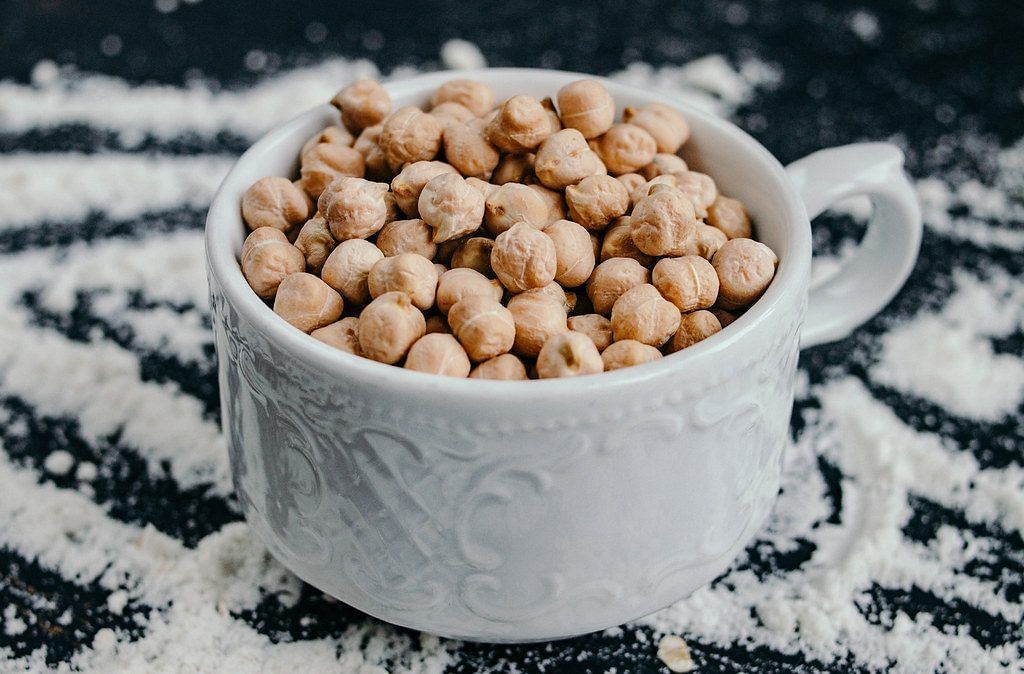New Delhi: The price of Kabuli chana (white chickpea) is likely to increase by over 40 per cent to Rs 130/kg ahead of the festive season due to a dip in production even as demand is set to rise.
The scarcity in Kabuli chana supply has been further aggravated by restrictions on imports due to customs duty of 40 per cent. The government imposes and relaxes restrictions on imports of pulses from time to time, depending on the demand and production in the country, and to protect the interest of farmers.
The increase in the price of Kabuli chana, a major ingredient in several popular north Indian dishes, comes amid a rise in prices of other major pulses across the country.
ThePrint had earlier reported that prices of pulses have witnessed sustained inflation this year, hovering above Rs 100/kg in the retail market as retail inflation in the country crossed 6 per cent.
HoReCa sector consumption of Kabuli chana
Experts say that even with a dip in production, the price of Kabuli chana has remained stable till now due to a fall in consumption during lockdowns. However, as states lift Covid-related restrictions, both demand and price are set to increase with a surge in HoReCa (Hotels, Restaurants and Catering) business, along with a slight uptick in home-based consumption.
The HoReCa sector is the primary consumer of Kabuli chana.
Navneet Chhabra, founder of Global Garbanzo, an Indore-based company trading in Kabuli chana, told ThePrint: “This year Kabuli chana retail prices touched Rs 103-104/kg in April, now it is Rs 90-92/kg. The increased prices are likely to remain due to crop shortage leading to price hikes whenever there’s a surge in demand. Its correct price is around Rs 80-90/kg but even in Indore, a major hub for its production, it’s being sold in retail at Rs 120-130/kg when the wholesale prices are at Rs 80/kg. We are already short of production by 40 per cent which has increased prices by 40 per cent.”
He added “The HoReCa (sector) is still opening up slowly with the starting of celebrations like weddings, engagement, seminars and other functions. With increasing demand, wholesale prices will go up from the current Rs 80/kg to Rs 90-100/kg in peak months of August-September subject to total unlock.”
He also said that the retail consumption for chickpea will stagnate as the price increases, and therefore, the price of the pulse will be around Rs 120-130/kg maximum.
According to experts, Kabuli chana has witnessed a severe plunge in production over the last three years — from 8.75 lakh metric tonnes (LMT) in 2018-19 to 3.73 LMT in 2020-21 and an estimated 2.5 LMT in 2021-22. Similarly, carry-over stock from previous years has also dropped from 2.04 LMT in 2020-21 to 96,000 MT in 2021-22.
“Due to depressed prices there’s a dip in sowing with low yields by 25-30 per cent which has resulted in less production. The prices have sustained at an increased level this year which further boost sowing. We expect production in Madhya Pradesh to increase from the current 2 LMT to 3.5-4 lakh tonnes,” Chhabra said.
Also read: Why pulses & oilseeds have got higher MSP hike than paddy, cereals this year
Global prices
Even the global prices of chickpea are not likely to come down anytime soon. Major Kabuli chana producing countries such as Canada, Russia, Mexico, Argentina, and Turkey are also witnessing a rise in prices and a drop in production.
Rahul Chauhan, an agro commodity analyst at Igrain India, told ThePrint that the Kabuli chana business is getting affected due to “very high prices both in India and abroad driven by a shortage of outstanding stock and huge fall in production”.
“As a result, Indian exports are expected to dip to 50,000 tonnes as against 1.15 lakh tonnes in the last two years. We might even import 50,000 tonnes of chickpea from countries like Canada, Argentina, and Turkey. Despite this, the balance stock will be just 36,000 tonnes, which is much less than the 2 lakh tonnes required,” he said.
He added that the global supply is likely to decline because in Canada — known for its production and export of Kabuli chana — the sown area is likely to drop drastically as farmers are getting less attractive returns.
“Due to the fall in production, there will be less outstanding stock at the end of next season shooting prices up. According to the Canadian Ministry of Agriculture, the production area has decreased from 1.21 lakh hectares last year to 86 a thousand hectares while the average yield rate is down from 1.79 tonnes/ hectare to 1.70 tonnes/hectare, bringing down total production from 2.14 lakh tonne to 1.45 lakh tonne this time,” Chauhan said.
ThePrint had earlier reported that the government has recently implemented a stock limit on pulses until 31 October aiming to control prices. This was the second major intervention by the government in the pulses sector this year. Earlier this year, it also made changes in the import policy of pulses, for the first time in three years, by shifting tur, urad, and moong from restricted to the free category.
Also read: Sesame, the super seed that got the highest MSP jump from Modi govt
